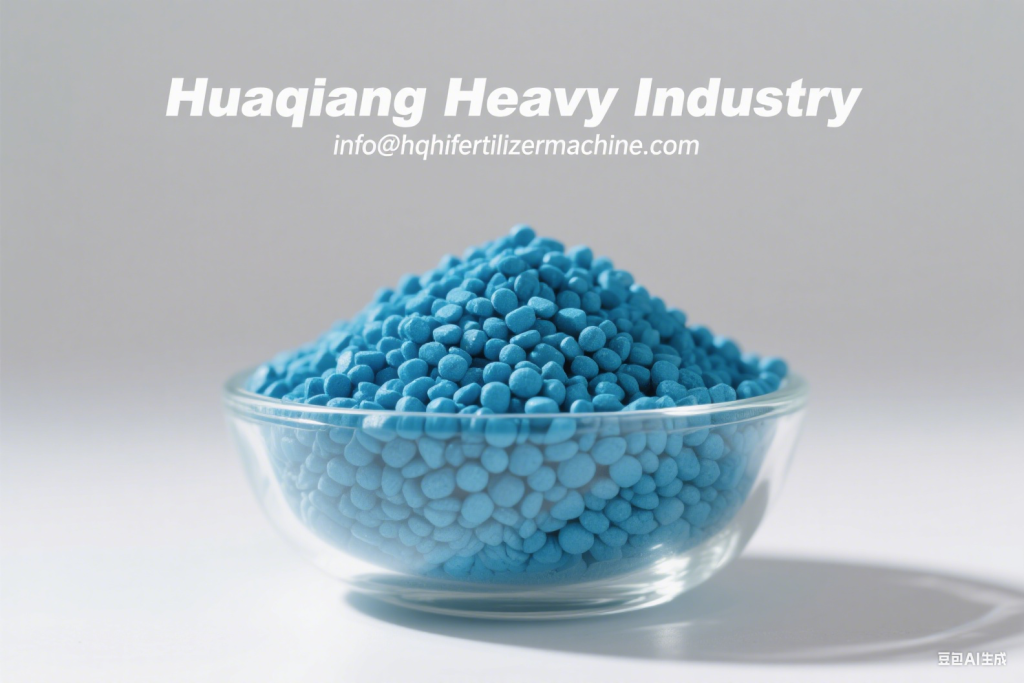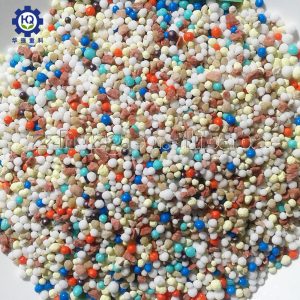If crops were busy factories, phosphorus fertilizers would be their energy currency—directly participating in ATP energy conversion and driving every growth process. From MAP to TSP, different phosphorus fertilizers each have their strengths, collectively safeguarding global agriculture.
Phosphorus fertilizers like MAP and TSP are vital components in fertilizer production lines, serving as key ingredients for energy transfer in plants. In NPK fertilizer production lines, they are blended with nitrogen and potassium to create balanced nutrient formulations, enhancing crop growth and yield. Their role in ATP synthesis makes them indispensable in modern agricultural manufacturing systems.
The Four Phosphorus Fertilizer Stars
Monoammonium Phosphate (MAP)
Dual nitrogen-phosphorus (12-61-0), excellent solubility, ideal as base fertilizer at sowing
Diammonium Phosphate (DAP)
(18-46-0) higher nitrogen content, neutral pH, perfect for dryland crops
Single Superphosphate (SSP)
(0-21-0) contains calcium and sulfur, the “versatile player” for acidic soils
Triple Superphosphate (TSP)
(0-46-0) high-concentration phosphorus source with lowest transport cost per nutrient unit
“Phosphorus is the ‘energy switch’ for crop growth—without it, the sugars produced by photosynthesis become like frozen assets in a bank, inaccessible to plants.” — Professor of Plant Physiology
Warning Signs of Phosphorus Deficiency
| Growth Stage | Symptoms | Key Impacts |
| Seedling | Dark green leaves with purple-red | Poor root development |
| Vegetative | Stunted plants with few tillers | Insufficient biomass |
| Reproductive | Delayed flowering/fruiting | Reduced yield and quality |
The Wisdom of NPK Compound Process
Modern NPK fertilizer production lines operate like precision kitchens: accurately proportioning nutrients through chemical reactions (compound process) or physical mixing (blending process) to create “complete nutrition meals.” Advantages of compound process include:
- Each granule contains balanced NPK, preventing uneven field distribution
- More coordinated nutrient release matching crop demand curves
- Reduced labor costs from multiple applications
- Improved physical properties through granulation for mechanical application




